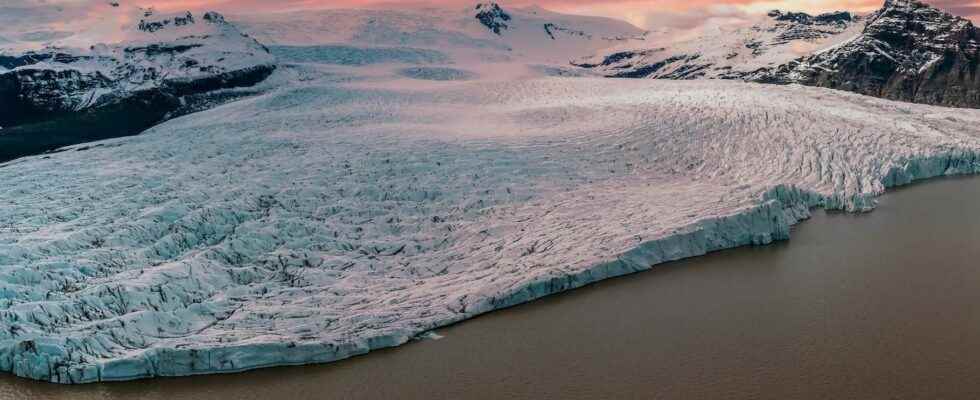Around 100,000 years ago, ice covered large areas of the northern hemisphere. The disturbed orbit of our Earth can explain this phenomenon of glaciation. But only in part. To understand the details, the researchers had to perform sophisticated simulations.
You will also be interested
[EN VIDÉO] The melting of the ice is accelerating All over the world, ice is melting at an increasing rate. Very precise satellite data now allow researchers to assess the volume of ice lost over the years. Between 1995 and 2017, some 28 trillion tons — or 28×1015 tons — of ice were lost across the planet. © CPOM
Throughout its history, our Earth experienced several glaciations. Periods during which large areas of its northern hemisphere became covered in ice. It happened, for example, about 100,000 years ago. In a few thousand years, the mountain glaciers then developed spectacularly to form ice caps spanning much of Canada, Siberia and northern Europe.
How could this have happened? For this time, due to the natural variations of theorbit of our Earth, say scientists. With the result, a summer cooling on the side of thenorthern hemisphere triggering a general glaciation. But there is a shadow on the board. Because this phenomenon does not appear sufficient to cover northern Europe with ice.
Because the North Atlantic Current – also known as the Gulf Stream – tends to carry warm waters on the coasts of the north-west of our continent. Thus in general, Scandinavia, although situated at a latitude similar to that of the Canadian Arctic, has temperatures too high for ice to form.
A new study led by UArizona researchers may have solved two mysteries that have long puzzled paleo-climate experts: Where did the ice sheets that rank in the last ice age more than 100,000 years ago come from, and how could they grow so quickly? https://t.co/U7e74FhBfBpic.twitter.com/HWPAwHZa8I
— University of Arizona (@uarizona) June 23, 2022
Models not only good at predicting the future
To understand how ice caps could still have appeared in northern Europe around 100,000 years ago, researchers from theuniversity of arizona (USA) have developed an extremely complex Earth system model. What to recreate in a very realistic way, the conditions which existed at the beginning of this ice Ageand show the essential role of thearchipelago Canadian arctic in the process.
The simulations reveal that as long as the ocean remains open in the region, an ice sheet cannot form over Scandinavia. On the other hand, if the ice comes to block the waterways of the Canadian Arctic Archipelago, cold water from the Arctic and the North Pacific is diverted to Greenland. It all slows down ocean circulation depth of the North Atlantic and brings conditions weather report cooler in northern Europe. The recordings of sediment sailors seem to confirm it. They indeed show convincing evidence of a weakened circulation before the formation of the glaciers in Scandinavia.
A way of using models that therefore goes a little beyond their traditional objective of predicting the climates of the future to rather decipher the interactions of the past. Interactions that could also apply to others ice ages what our Earth has experienced. And even at the shortest periods like the one that happened about 13,000 years ago.
Reading ideas for the summer with Futura?
To celebrate the start of the holidays, we offer you the Mag Futura at the preferential price of 15 € instead of 19 €, i.e. a reduction of 20% !
What is Mag Futura?
- Our first paper journal of more than 200 pages to make science accessible to as many people as possible
- 4 major scientific questions for 2022, from the Earth to the Moon
- Home delivery*
*Special offer valid until July 19. Delivery is made in France (excluding metropolitan France), Switzerland, Belgium.
Interested in what you just read?
